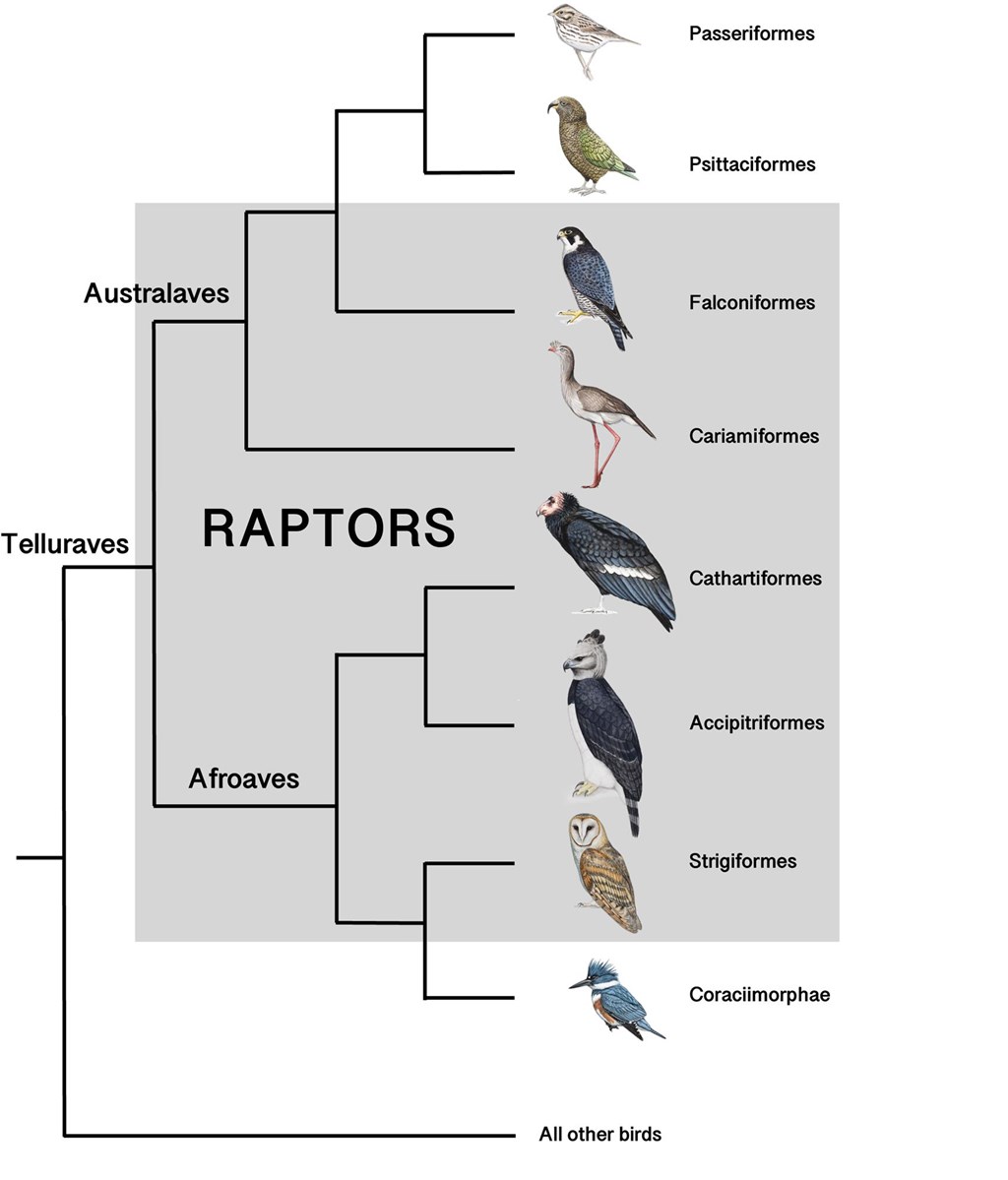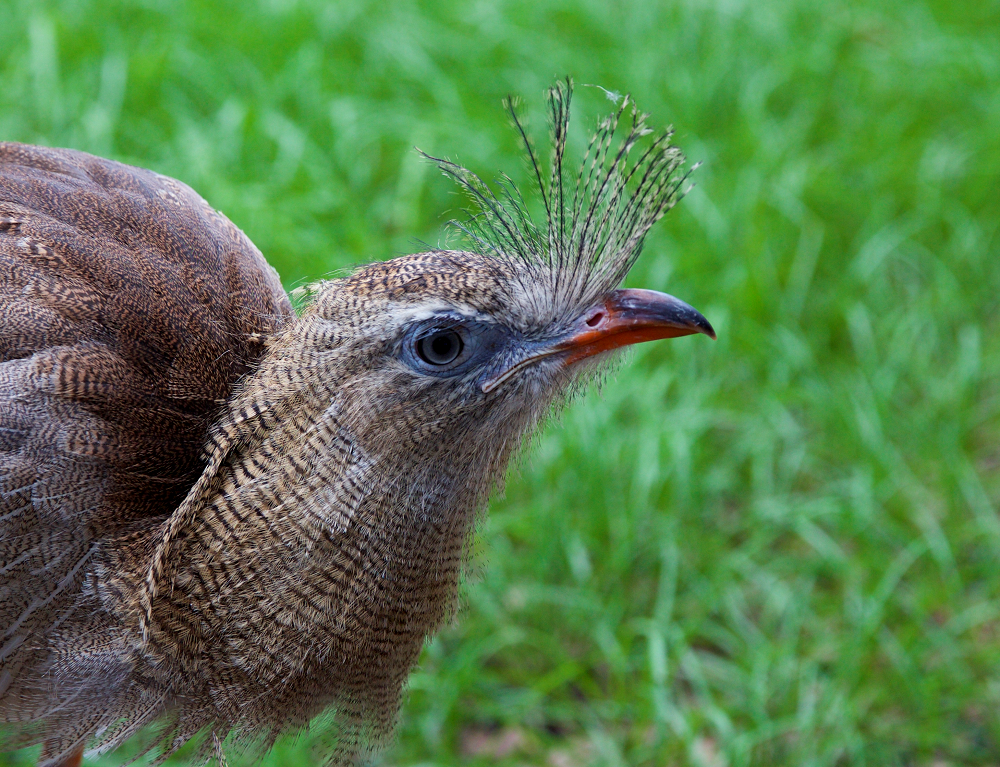An improved definition for raptors, and a new species joins the flock!
Posted on December 10, 2019 in Science

Recently a team of scientists from Hawk Mountain Sanctuary, The Peregrine Fund, University of North Texas, Ornithologi, EDM International, and HawkWatch International revisited what defines a raptor or bird of prey. The also revealed that two South American species, the seriemas, should likely join the flock.
The goal was to define raptors for the first time using science-based methods. Together the team established a common definition to improve consistency across studies and lessen the ambiguity of research and management recommendations.
For instance, researchers agree that falcons, hawks, and eagles are birds of prey, but what about owls and vultures?
“It often depended upon the person,” says Dr. JF Therrien, Senior Scientist at Hawk Mountain.
“The usual criteria to define raptors are shared by a lot of other species. Most birds have keen eyesight. Several species have hooked bills, and most would qualify for having sharp talons. The comprehensive analysis now offers a holistic and robust approach using morphology, ecology or diet habits, and phylogeny, or the evolution and genetics,” he explains.
The study narrowed the criteria to demonstrate that raptors share a common ancestry and evolve from “raptorial land birds,” or birds that live on land and feed on vertebrate animals. In short, raptors are land birds in the groups that evolved from vertebrate-eaters in which maintained that vertebrate-eating lifestyle.
The new definition also helps to influence research priorities, funding decisions and conservation. “Hawk Mountain works to conserve raptors. This work confirms that my research on arctic raptors absolutely includes the snowy owl. It confirms we should absolutely continue to conserve New World vultures while they are still common,” he adds.

So what's the deal with seriemas? Based on the criteria used by the research team, another group of birds should now be identified as a raptor. The Order Cariamiformes includes two unique species found commonly throughout South America: the red-legged and black-legged seriema. The two are similar species found in grasslands and scrublands respectively.
Bryce Robinson of Ornithologi points out, “These species could be considered raptors because they kill vertebrate prey and are the only remaining ancestor of the extinct, giant 'terror birds' that wandered South America during the Cenozoic era 62 to 1.8 million years ago. "
“They aren’t as terrifying now, but with their penchant for capturing and killing rodents, lizards, and even venomous coral snakes, they do fit in well with the other raptors,” he adds.
Read the full scientific paper